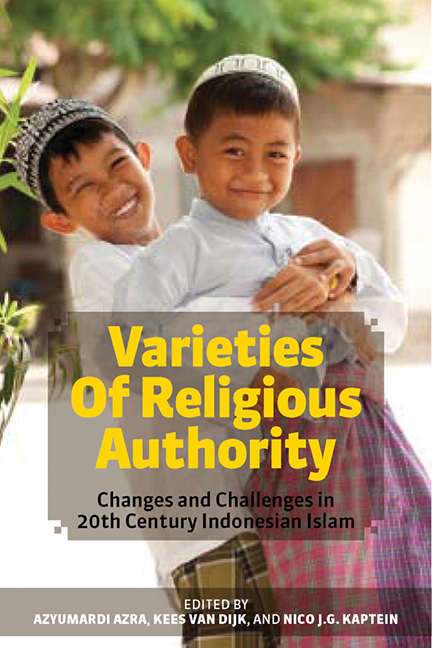6 results in IIAS-ISEAS Series on Asia

The Eurasian Space
- Far More Than Two Continents
-
- Published by:
- ISEAS–Yusof Ishak Institute
- Published online:
- 21 October 2015
- Print publication:
- 29 September 2004

Asia in Europe, Europe in Asia
-
- Published by:
- ISEAS–Yusof Ishak Institute
- Published online:
- 21 October 2015
- Print publication:
- 30 June 2004

Decentralization and Regional Autonomy in Indonesia
- Implementation and Challenges
-
- Published by:
- ISEAS–Yusof Ishak Institute
- Published online:
- 21 October 2015
- Print publication:
- 05 November 2009

Varieties of Religious Authority
- Changes and Challenges in 20th Century Indonesian Islam
-
- Published by:
- ISEAS–Yusof Ishak Institute
- Published online:
- 21 October 2015
- Print publication:
- 30 April 2010

They Ask if We Eat Frogs
- Garo Ethnicity in Bangladesh
-
- Published by:
- ISEAS–Yusof Ishak Institute
- Published online:
- 21 October 2015
- Print publication:
- 16 August 2007

Oceans of Crime
- Maritime Piracy and Transnational Security in Southeast Asia and Bangladesh
-
- Published by:
- ISEAS–Yusof Ishak Institute
- Published online:
- 21 October 2015
- Print publication:
- 29 December 2010

